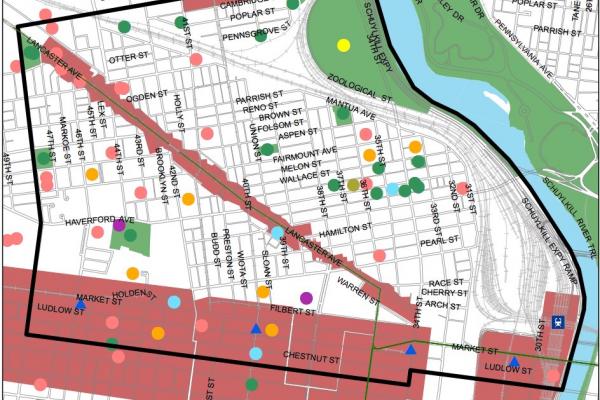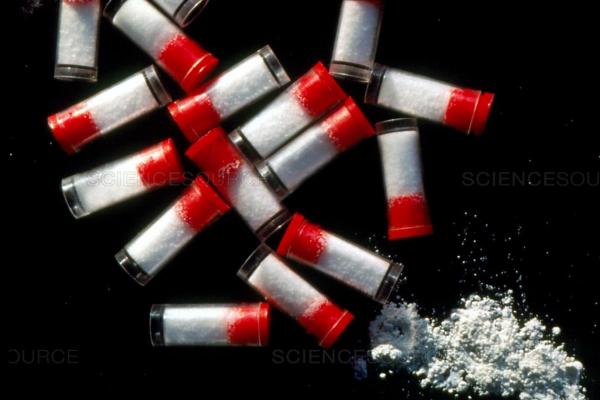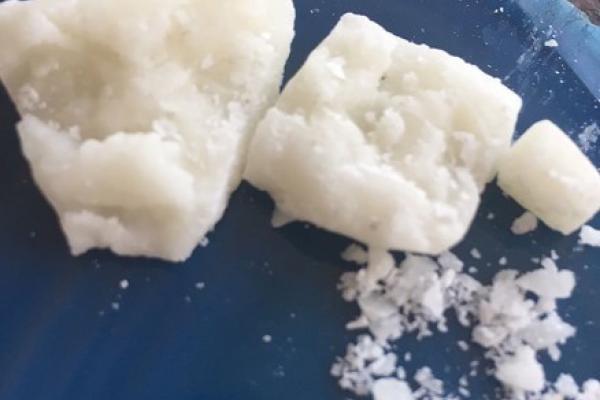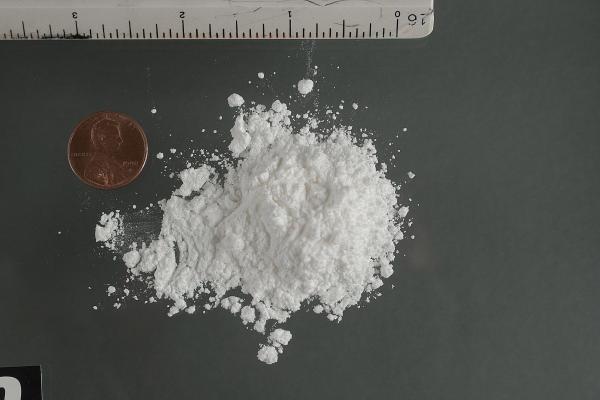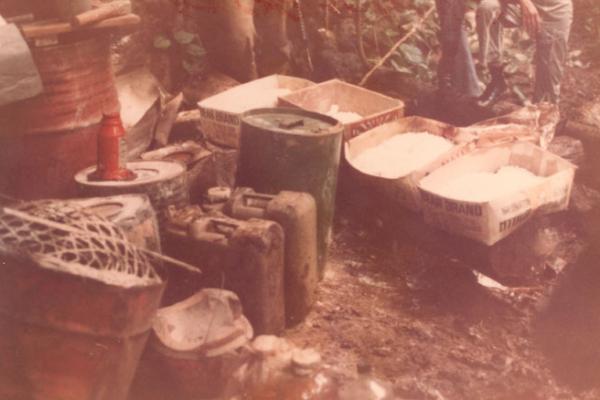Advanced Search

Contemporary photograph of University of Pennsylvania Museum of Archeology and Anthropology, which opened its first section in 1899 on property acquired by the University from the Philadelphia (Blockley) Almshouse. The Penn Museum houses the Department of Archeology and the Department of Anthropology.
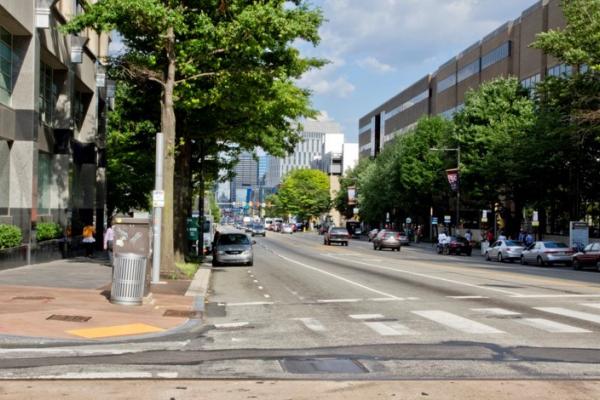
Nearly 70 years removed from tunnel digging, this photo of the Market Street corridor at 36th Street shows no traces of the trains that rumble below the surface.
This contemporary map shows the major buildings in the Penn Medicine and CHOP healthcare complex.
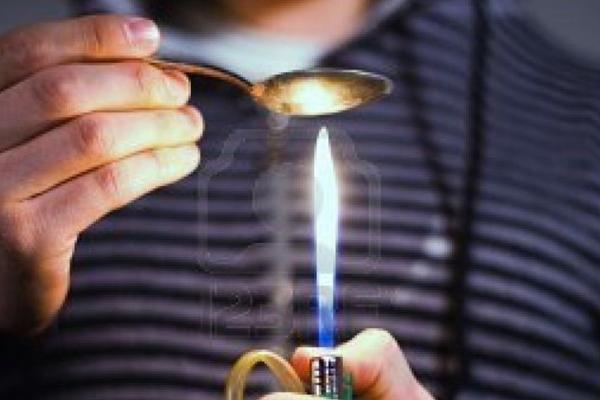
Occasional recreational snorting of cocaine wasn’t addictive. This was not the case with freebasing, “a volatile process of mixing cocaine with another chemical, usually highly flammable ether, heating it, and then reducing the residue to a crystallized alkaline form,” which, when smoked with a water pipe, “produced such a powerful and nearly instantaneous high,” if the user didn’t first go up in flames. Enterprising dealers soon discovered a process to “produce a prepackaged form of freebase that delivered the punch without the problem of self-immolation, and did so at a fraction of the cost of powdered cocaine.” They cooked a mixture of cocaine, baking soda, and water, and boiled off the water, leaving “a hard rock-like substance called crack from the sound that it made when heated.” Sold in vials, crack “rocks” could be smoked, with the fumes delivered quickly into the bloodstream.
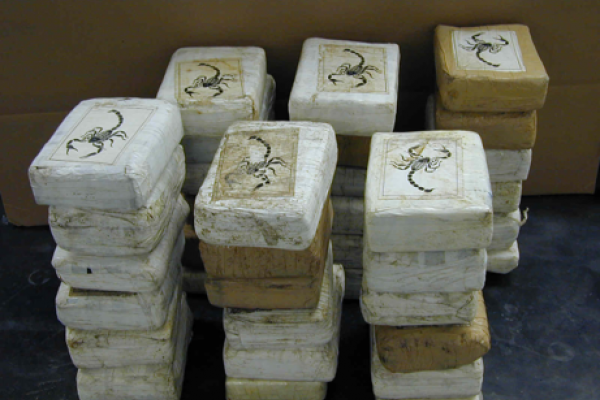
“Small laboratories are scattered throughout the coca growing areas of South America. The handpicked coca leaves are soaked in gasoline and other chemicals to extract the coca base from the leaves in industrial-sized drums. Then the base is poured into brick molds. The water is pressed out, leaving a hard, easy-to-handle brick containing about 50 percent cocaine. The bricks are sent to collection points where they are shipped to markets in the U.S. and other countries.”

“Cocaine is produced from the leaves of the coca plant (Erythoxylon Coca). The plant grows almost exclusively in northern and western South America. Colombia is now the main producer of illegal cocaine with Peru, Bolivia, and Chile providing significant amounts of the drug. The coca plant grows best in the mountain and jungle areas of these countries.”
